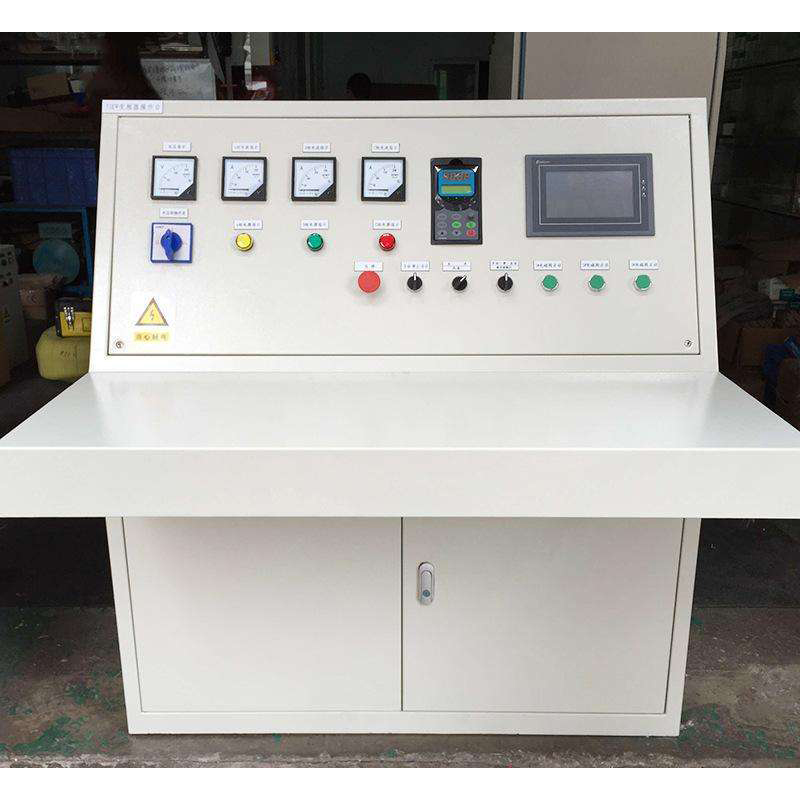
Nov . 21, 2024 23:30
Back to list
gas pressure vessel
Understanding Gas Pressure Vessels Design, Function, and Safety
Gas pressure vessels are integral components in various industrial applications, playing a crucial role in the storage and transportation of gases under pressure. These vessels are designed to withstand internal pressures that exceed atmospheric levels, making them essential for processes in chemical, petrochemical, and energy sectors. This article will explore the design considerations, operational principles, and safety measures associated with gas pressure vessels.
Design Considerations
The design of a gas pressure vessel is a complex task that requires a thorough understanding of materials, pressure, temperature, and the nature of the gas being stored. Firstly, the choice of material is critical, as it must possess sufficient strength to endure the high pressures while also being resistant to corrosion. Common materials include carbon steel, stainless steel, and occasionally special alloys, depending on the specific requirements of the application.
Another important aspect of design is the vessel's shape. Most gas pressure vessels are cylindrical, as this configuration helps distribute stress evenly across the surface, reducing the likelihood of failure. The vessel's dimensions are determined by the volume of gas to be stored and the maximum allowable working pressure (MAWP). Engineers must meticulously calculate wall thickness based on these factors to ensure safety and compliance with regulatory standards.
Operational Principles
gas pressure vessel

Gas pressure vessels operate on the principle of containment, whereby the gas is stored in a sealed environment under pressure higher than atmospheric levels. Maintaining this pressure is crucial for applications ranging from fuel storage to refrigeration systems. The operational efficiency of a gas pressure vessel is largely dependent on its design and material properties, allowing it to withstand fluctuations in temperature and pressure.
Typically, these vessels are equipped with pressure relief valves, gauges, and safety devices to monitor and control the internal environment. When the pressure inside the vessel exceeds safe limits, relief valves automatically vent gas to prevent catastrophic failures. This safety mechanism highlights the importance of regular maintenance and inspection, ensuring that the vessel and its components are functioning correctly.
Safety Measures
Safety is paramount in the operation of gas pressure vessels. Regulatory bodies, such as the American Society of Mechanical Engineers (ASME), have established rigorous standards for the design and maintenance of these vessels, ensuring they operate safely under expected conditions. Regular inspections and audits are essential to identify any wear or degradation in materials that could compromise structural integrity.
Moreover, operators must be trained in emergency procedures and understand the risks associated with working with pressurized gases. This includes knowledge of the gas’s properties, potential hazards, and correct handling techniques. In the event of a leak or rupture, immediate response protocols must be in place to mitigate risks to personnel and the surrounding environment.
In conclusion, gas pressure vessels are vital assets in numerous industries, enabling the efficient storage and transfer of gases under pressure. By adhering to strict design standards, understanding operational principles, and implementing comprehensive safety measures, industries can harness the benefits of these vessels while minimizing risk. As technology advances, ongoing research and development in materials and safety protocols will continue to enhance the reliability and safety of gas pressure vessels in the years to come.
Next:
Latest news
-
Safety Valve Spring-Loaded Design Overpressure ProtectionNewsJul.25,2025
-
Precision Voltage Regulator AC5 Accuracy Grade PerformanceNewsJul.25,2025
-
Natural Gas Pressure Regulating Skid Industrial Pipeline ApplicationsNewsJul.25,2025
-
Natural Gas Filter Stainless Steel Mesh Element DesignNewsJul.25,2025
-
Gas Pressure Regulator Valve Direct-Acting Spring-Loaded DesignNewsJul.25,2025
-
Decompression Equipment Multi-Stage Heat Exchange System DesignNewsJul.25,2025

